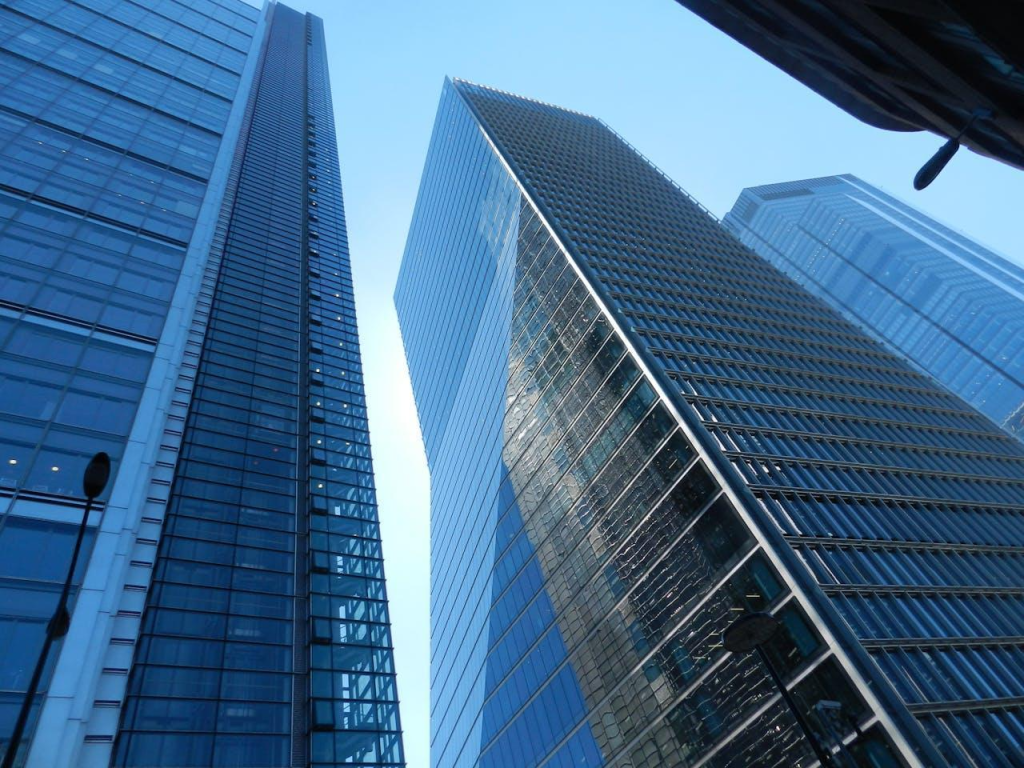The Silent Threats Lurking in Building Infrastructure

Many modern constructions presume the implementation of safety measures. Emergency exits, smoke alarms, and sprinklers are marked. Often, walls, ceilings, service risers, and ductwork expose concealed flaws. We often find these shortcomings too late to fix them. Infrastructure threats often go undetected. These hidden hazards render even the greatest fire protection devices ineffective.
Reputable firms like Pyrofire offer fire risk assessments and passive fire prevention services to identify and mitigate these threats—regular maintenance or inspections after construction show how easily these flaws might be missed. Small issues, such as exposed penetrations, damaged fire doors, or inadequate fire-stopping, could render safety mechanisms useless in a major disaster.
Here, Danger Could Happen
A skilled observer can’t see most infrastructure hazards. This is a worry about threats. A suspended ceiling, for example, might disguise gaps that enable smoke and heat to move freely. There may be unsealed service penetrations in electrical risers, and HVAC systems may flow through compartments without any protection. These problems may seem small, but combined, they create a network of weak points that can spread smoke and fire throughout a building. Wear and tear, undocumented alterations, and outmoded materials cause additional difficulties in older buildings.
Both explanations can hurt. Using modern technologies to accomplish projects rapidly may lead to safety shortcuts that aren’t discovered until people move in. Such an outcome is conceivable but not guaranteed. Only extensive, professional inspections beyond visual inspection can discover and eliminate these hazards. This type of inspection is the best approach.
The Myth of Permanent Compliance
A common mistake about fire safety is that a building that was safe in the past would always be safe. This is a typical mistake. But the infrastructure continues getting worse. Changes are made to the walls, new systems are added, and parts that are not often monitored wear out. This is all happening simultaneously. This myth of compliance can be dangerous, especially when modifications to infrastructure aren’t documented or fire safety is perceived as a static demand instead of a liability that varies over time.
Even though they try their best, property managers may think that regular maintenance is enough. However, if this type of maintenance doesn’t include inspections for passive fire breaches, compartmentation, or adjustments to the fire strategy, it may be missing some crucial components. There is no alarm for infrastructure fires until something catastrophic happens.
To Raise Awareness of Hidden Risks
Recognising that some threats are not obvious diminishes the significance of these hidden concerns. This has to be done first. A business’s safety culture must demonstrate a commitment to thorough and ongoing evaluations. The process involves tracking changes to the infrastructure, maintaining accurate records, and setting aside funds for expert reviews. The report also includes information about the status of passive fire measures.
By prioritising the health of the infrastructure in a fire safety design, building owners can meet regulatory requirements and save lives. Fire safety requires more than just sirens and clear exits. This narrative explores the hidden, underground elements that await discovery, ideally before a fire.





Leave a reply